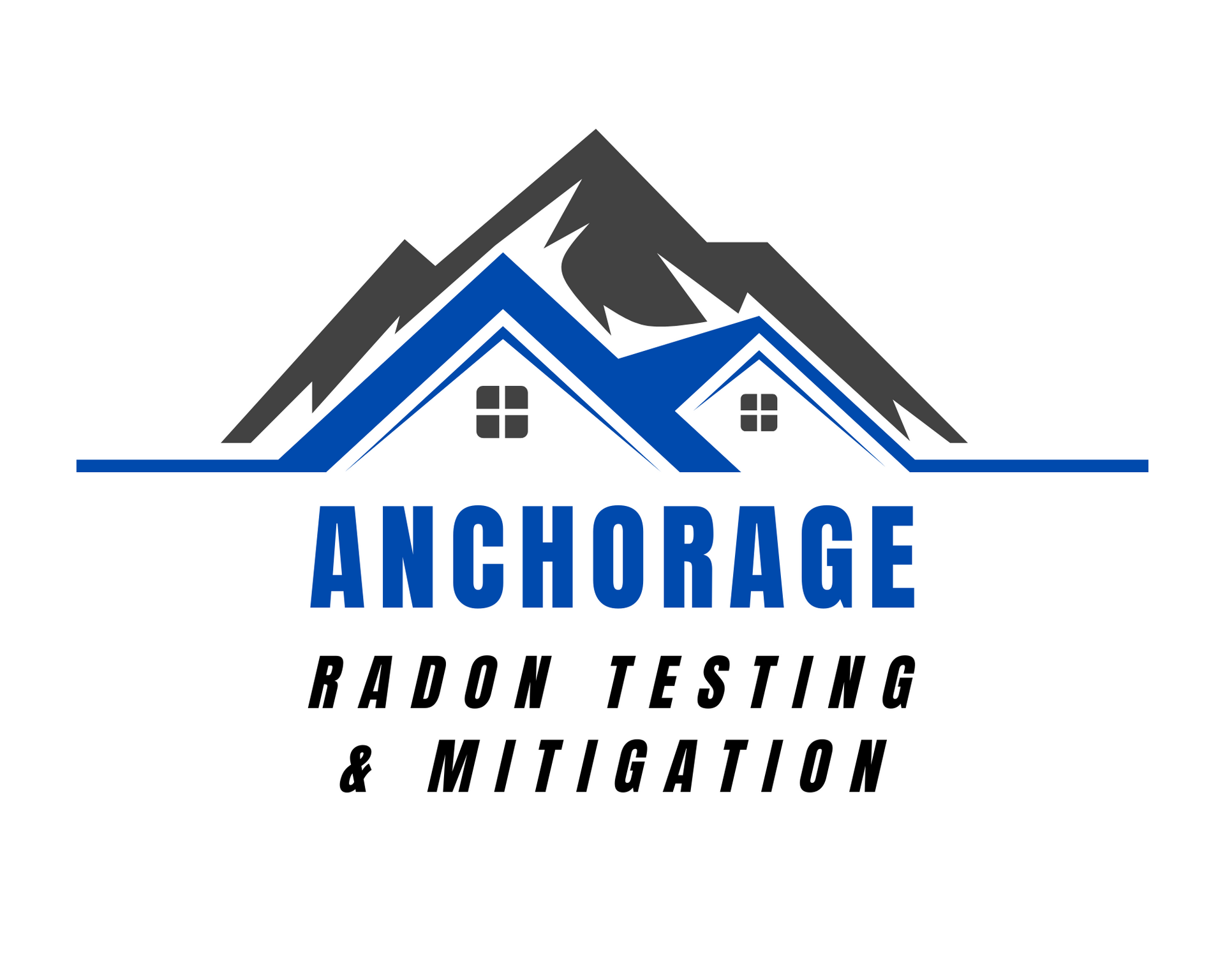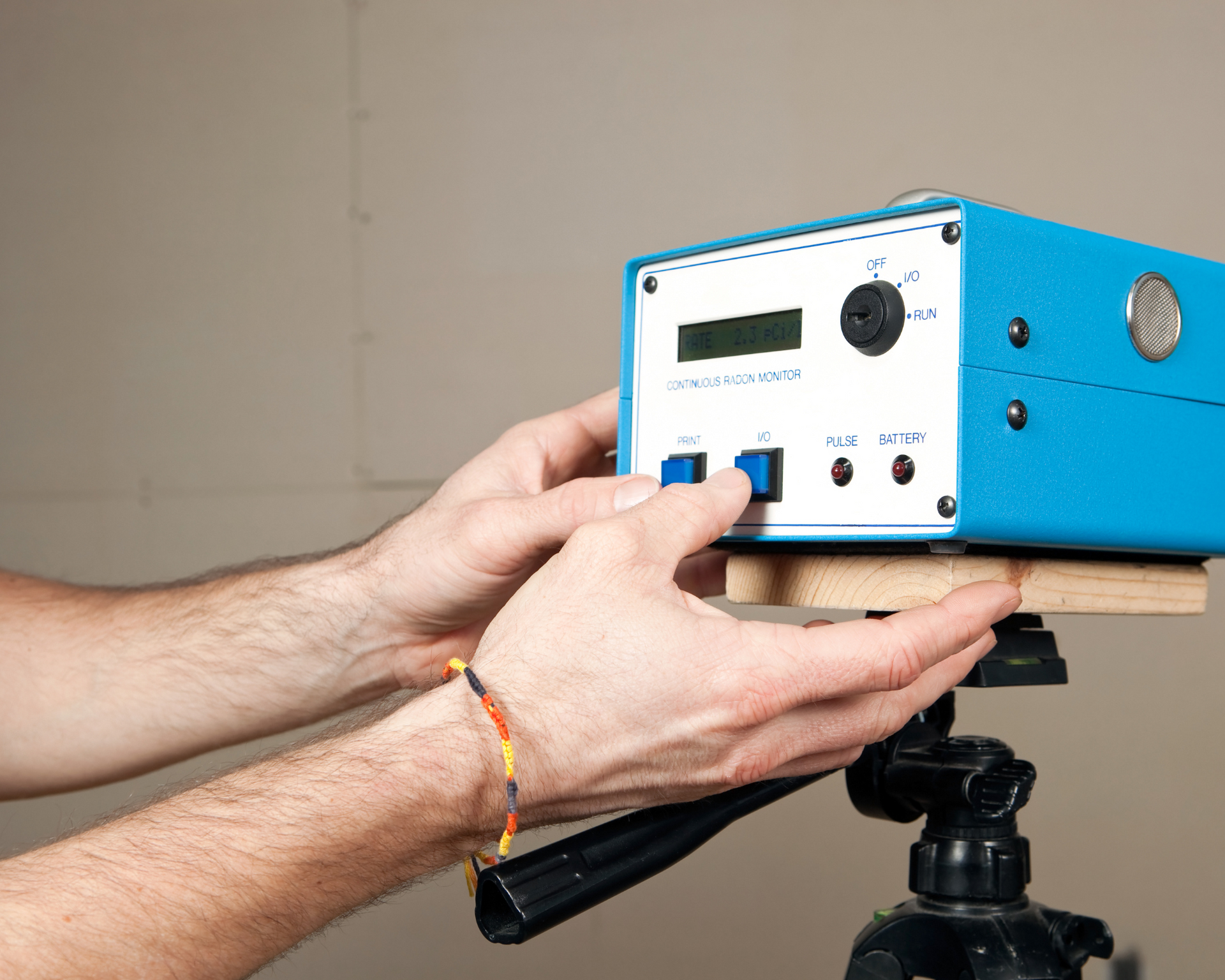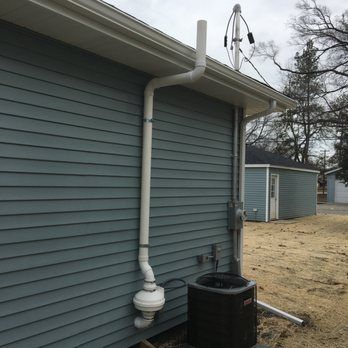
How Much Do Radon Mitigation Systems Cost?
What Are You Committing To Financially?
As a first stab at the topic, nationwide radon mitigation systems can cost anywhere from $700 to $4,000, but the average homeowner will pay around $1,000. Although mitigation systems can be expensive, they will protect members of your household from ingesting harmful levels of radon gas, so you should consider them a worthwhile investment.
This blog post will help you find out how much radon mitigation systems cost based on various factors, so you can budget appropriately. Several factors affect the cost of installing a radon mitigation system. These include the type of system you choose and the materials and the cost of labor required to install it in your area.
Type of System
There are four primary types of radon mitigation systems: Foundation-based, wall-based, ventilation-based and water mitigation systems. Each of these types uses a variety of methods to remove radon from the home. Some systems cost as little as $700 to install, while others cost $4,000 or much more. These prices heavily depend on both the system’s type and the methods that type uses to mitigate radon.
Type of Foundation
Homes have one of three different foundation types.These are below-grade, on-grade or crawl space foundations. Below-grade foundations, or basement foundations, are constructed below ground level, while on-grade foundations sit directly on the ground with nothing underneath. Meanwhile, crawl space foundations sit below a house, but they elevate it slightly above ground, with a small accessible space tucked underneath it. The foundation types generally lend themselves to different radon mitigation systems. The type of system you choose will affect your project costs.
Labor, Materials and Equipment
Virtually all of radon mitigation system costs are wrapped into the labor, materials and equipment required to install the system. Rather than break down costs by each of these three components, most radon pros will provide an overall estimate for the entire job. Since radon has been shown to be hazardous, you’ll want to hire an experienced radon professional to handle your project.
Radon Mitigation Cost by Type of System
You can choose from several different types of radon mitigation systems depending on your needs, budget and the structural design of your home.
Foundation-Based
Foundation-based radon mitigation systems are installed below a home’s foundation. While there are several different types, they generally work by using a suction and fan system that draws the radon gas from the soil below the foundation and moves it outside and away from your home. These systems usually cost around $1,000 to $1,200, but they can cost as much as $8,000 or more depending on the type of foundation that you have.
Wall-Based
Wall-based mitigation systems work within the walls to remove radon and prevent it from entering your interior living spaces. There are two main types: Block-wall depressurization (BWD) and above-slab air pressure differential barriers (ASAPDB). BWD typically costs around $2,100, while ASAPDB costs an average of $625,.
Ventilation and Filtration-Based
The industry uses a variety of ventilation and filtration systems to help eliminate radon gas. The costs for these systems depend on the type, but they generally cost between $1,200 and $1,700. That being said, in many cases, you can use natural ventilation, like opening windows and doors, which of course is free.
Water Mitigation
Water-based radon mitigation systems use aeration, activated charcoal or granular carbon filters to remove radon gas from your water before it enters a home. Depending on the type of mitigation system you choose, you can expect to pay between $1,600 and $4,700.
Foundation-Based Radon Mitigation Systems
There are several types of foundation-based radon mitigation systems. The type you will need depends on your specific foundation, which in turn affects your cost.
Active Sub-Slab Soil Depressurization
According to the U.S. Environmental Protection Agency, active sub-slab soil depressurization systems can reduce indoor radon levels by 80% to 99%, so they’re a popular choice for homeowners. These systems cost between $1,000 and $2,500, and they involve running a PVC pipe through the home’s foundation into the ground. Then a fan is used to create suction in the pipe, which directs radon gasses away from indoor living spaces and out through the exit point, typically above the home’s roofline.
Drain Tile Suction
Drain-tile suction systems attach to your home’s water drainage pipes, which can fill with radon. Your pro will connect a fan to your existing drain tile, aka an underground drainage pipe, which will create a suction that helps to remove radon from the surrounding water and soil and blow it away from the home. Drain-tile suction systems for exterior drains cost between $700 and $1,500.
Sealed Sump Pump Hole
These systems involve placing an airtight seal over the hole or entry point in your foundation to which your sump pump is attached. Like active sub-slab soil depressurization systems, they use a fan and suction system that draws out radon gas and directs it away from indoor spaces. These systems usually cost between $800 and $2,500.
Crawl Space Encapsulation
In some cases, you can attach an airtight, plastic vapor barrier around the exposed earth of the crawl space below your foundation to prevent radon from making its way from the crawl space into your home. This process is called crawl space encapsulation.
After caulking the vapor barrier to the surrounding wall, your pro will install vent piping through the barrier, or membrane, which an attic-based extraction fan will use to blow radon gas away from your home. Crawl space encapsulations like this can cost anywhere from $1,500 to $15,000, depending on the crawl space’s size and accessibility, as well as your home’s existing systems.
Basement Sealing
If you have a basement, you can apply a sealant to prevent radon gas from penetrating your home. Typically, a pro will inject polyurethane foam or caulk into any existing holes and cracks before applying a compound to seal expansion control joints. Finally, they’ll seal any plumbing pipe entry points and cover the sump pump with an airtight seal. Basement sealing usually costs between $4,000 and $7,000. When used on its own, it’s not nearly as effective as other mitigation methods, and your basement will need to be resealed every few years.
Wall-Based Radon Mitigation Systems
Wall-based radon mitigation systems work to remove radon gasses from your walls. There are two different types, each with a different cost.
Block-Wall Depressurization (BWD)
BWD systems are used for homes with brick- or block-wall foundations. Your pro will install a pipe in the wall, which is connected to a fan. The fan creates suction in the pipe, which can draw radon gasses in the cracks of block walls and safely move it outside of the home. BWD systems usually cost between $1,700 and $2,400.
Above-Slab Air Pressure Differential Barrier Technology (ASAPDB)
ASAPDB uses a fan and ventilation system to remove radon gas from ductwork and drywall cavities and expel it outside of the home. A pro will also place an airtight seal on the interior walls, which, when accompanied by the fan, creates negative pressure that prevents additional radon from making its way into the walls. These systems usually cost between $300 and $1,000.
Ventilation and Filtration-Based Radon Mitigation Systems
You can also use various ventilation systems to remove radon gasses, like heat or energy recovery ventilation systems, but they’re not as effective as other mitigation systems.
Energy Recovery Ventilation
Energy recovery ventilation systems use two separate airstreams to remove stale exhaust air from inside of your home and transfer it outside. They also bring fresh outdoor air inside. During that process, these systems capture moisture from the exhaust air and use it to humidify the fresh outdoor air, which comes into your home. These systems usually cost between $600 and $1,200.
Heat Recovery Ventilation
Like energy recovery ventilation systems, heat recovery ventilation systems use two separate airstreams to expel stale exhaust air outside and bring fresh outdoor air inside. They also capture thermal energy from the outgoing indoor air and transfer it to the incoming outdoor air, helping to reduce heat loss inside of a home. They typically cost between $700 and $1,400.
Natural Ventilation
Natural ventilation simply involves opening your doors and windows, which doesn’t cost a thing. However, this method is more of a one-off solution; it’s not effective at mitigating radon and maintaining indoor air quality on an ongoing basis.
Radon Fan
You can help natural ventilation along by installing a window fan to push indoor air outside. Window fans typically cost between $20 to $40. Additionally, you can use an exhaust fan attached to your HVAC system to remove stale indoor air, which usually costs around $300 to $600 per year to run, depending on your home’s size.
Water Mitigation Systems
Water mitigation systems are designed to remove radon gas from groundwater and prevent it from making its way into the shower, bathtub or sink. There are several different types. The type you choose will affect your costs.
Carbon and Charcoal Scrubbing
Carbon and charcoal scrubbing systems employ granular activated carbon filters, which help filter out radon as water passes through the filter. They’re less expensive than other water mitigation systems, ranging from $1,000 to $1,700, but they’re also not as effective so they’re not ideal for water that contains high radon levels.
Aeration or Bubble-Up
Aeration and bubble-up systems remove radon by capturing it within air bubbles, which bubble to the surface and are expelled outside using extractor fans. These systems are pricey, ranging from $4,500 to $5,000, but they’re much more effective than carbon and charcoal scrubbing systems.
Additional Costs and Considerations Associated With Radon Mitigation
There are several other costs commonly associated with radon mitigation systems. For instance, you might need to pay for a permit to install a system.
Permits
Some municipalities require you to obtain a permit before installing a radon mitigation system. These permits typically range from $25 to $150, with an average cost of around $85.
Radon Testing and Inspection
Before installing a radon mitigation system, you’ll likely need to inspect and test your home for radon levels. You can purchase a DIY kit and test radon levels yourself, which can cost anywhere from $12 to $250 per kit. Or you can hire a pro for more accurate and thorough results. Professional radon inspections usually cost between $150 and $800.
Warranty
In some cases, you can purchase a warranty for your radon mitigation system. These warranties help guarantee the work of your radon installer and protect your finances in the event that something goes wrong. Warranty prices vary quite a bit depending on the system, but they typically range from $200 to $500.
Energy Costs
Radon mitigation systems often require energy to redirect the gas, which can increase your monthly energy bills. However, a qualified radon mitigation professional can help you limit these costs with an energy-efficient installation.
Advertisement
8 Ways to Save Money on Radon Mitigation
Radon mitigation systems can be costly, but there are a few ways to potentially save money on a new system, including:
- Getting quotes from multiple professionals to find the best price
- Researching the most inexpensive system that’s adequate for your needs
- Investing in a warranty to save on potentially costly problems in the future
- Regularly maintaining your system to prevent costly repairs
- Testing radon levels yourself with a DIY kit
- Inquiring about any discounts for first-time customers
- Qualifying for potential tax benefits or home repair grants in your area
- Installing an energy-efficient radon mitigation system
DIY Radon Mitigation vs. Hiring a Professional
It’s not a good idea to install a radon mitigation system yourself. These installations can be dangerous, and they require specialized knowledge, tools and skills so as not to compromise your home’s air quality and create a dangerous situation for you and your household.
To arrive at the average costs in this article, we surveyed 10 local and national cost databases. All averaged figures were correct at the time of publication and may be subject to change.
Frequently Asked Questions (FAQs)
What is the lifespan of a radon mitigation system?
Where is the best place to put a radon mitigation system?
Do sump pumps increase radon?
What makes a house more likely to have radon?
How do I reduce radon in my basement?

LOCATION
Anchorage, Alaska, 99502
Powered by Snapps








